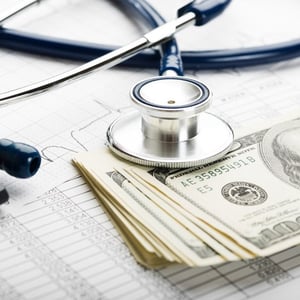Related: 12 Cheapest States for Prescription Drugs
Older Americans spent an average of $7,554 on prescription drugs last year, according to new research from MedicareGuide, a Miami-based health insurance marketing program company that runs the HealthCare.com health insurance shopping website.
Many Medicare beneficiaries are unable to afford their medications, the research showed. In an effort to save on prescription drugs, 23% asked for generics and 19% obtained larger supplies to reduce co-pays, among other methods.
The report resulted from an examination by MedicareGuide of prescription drug prices for the senior population across the U.S. Researchers looked at Medicare Part D data on prices of popular medications in the 50 states. They found that some drugs were reimbursed at similar rates nationwide, while the prices of other pharmaceuticals varied widely.
To determine the most expensive states for prescription drugs, MedicareGuide compared the 50 states and District of Columbia across these cost metrics:
- Average Annual Part D Drug Deductible
- Average Monthly Premium Part D
- Percent of Taxable Earnings Going to Medicare Part D Drug Coverage
- Part B Drugs Per Capita Actual Costs
- Annual Prescription Drug Price Per Capita
Researchers also used eight relevant metrics to evaluate states’ access to drugs and the quality of insurance coverage. They then determined each state’s and the District’s weighted average across all metrics to calculate its overall score.
See the gallery for the 12 most expensive states for prescription drugs determined by cost score. The lower the score, the higher the costs.







 September 30, 2021 at 03:34 PM
September 30, 2021 at 03:34 PM



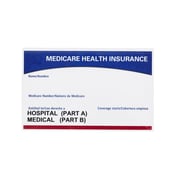
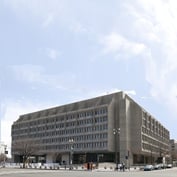
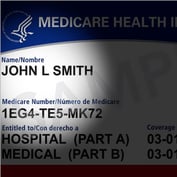

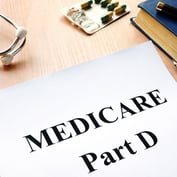
















 Slideshow
Slideshow

